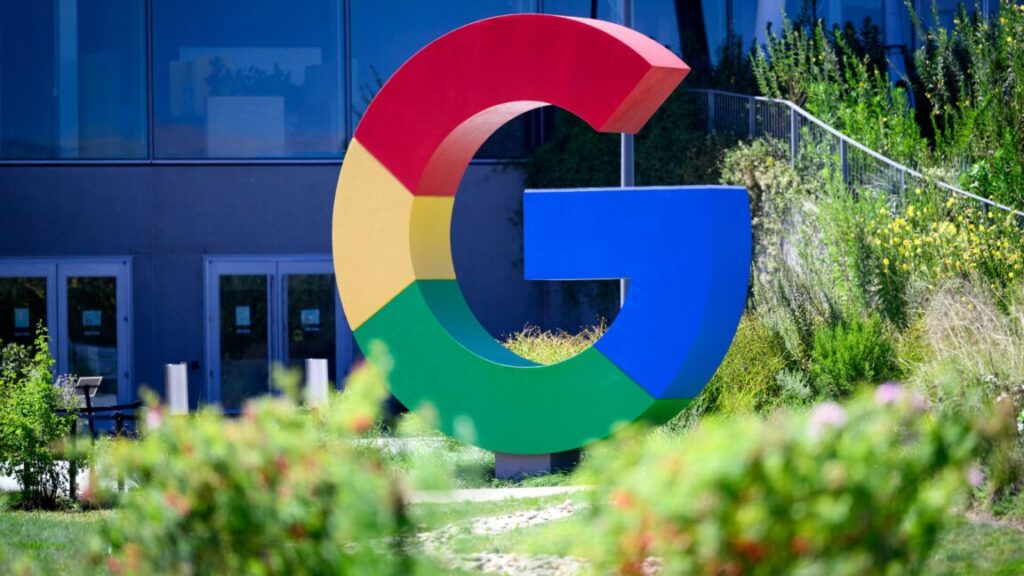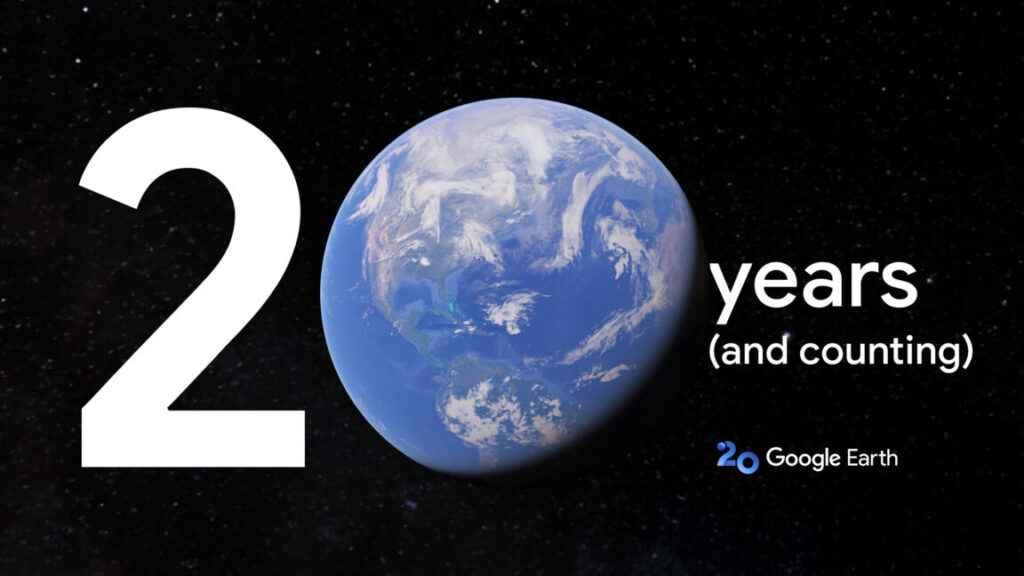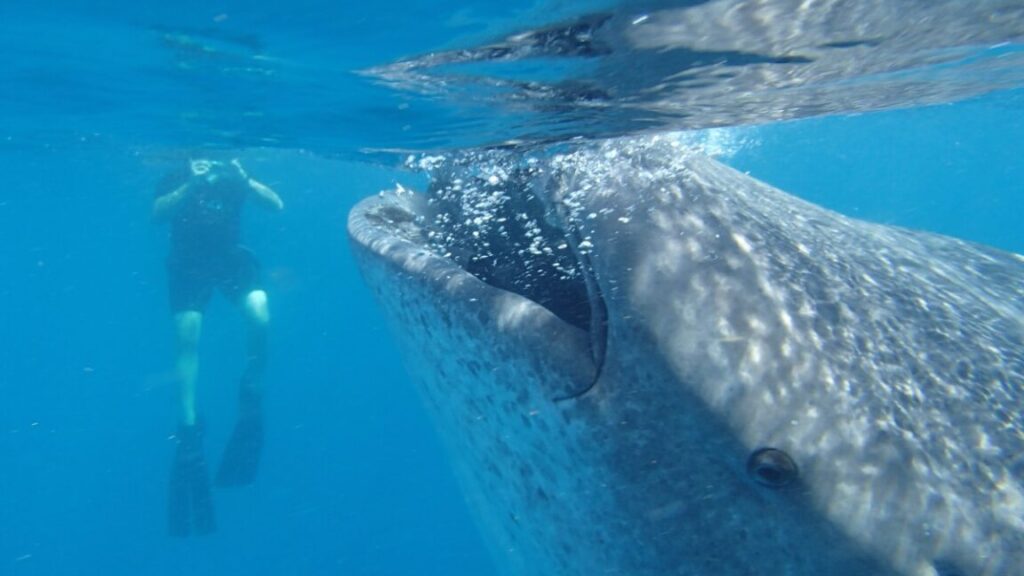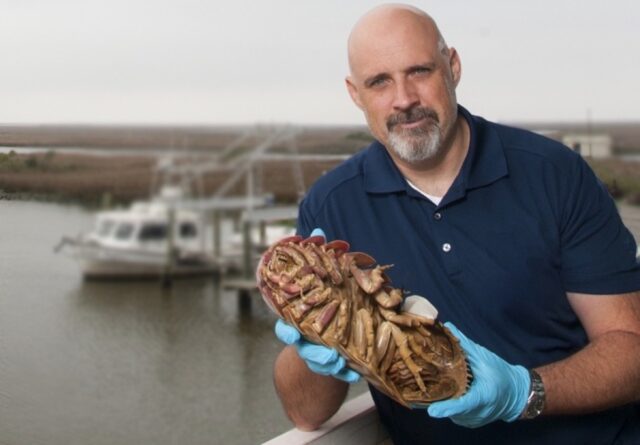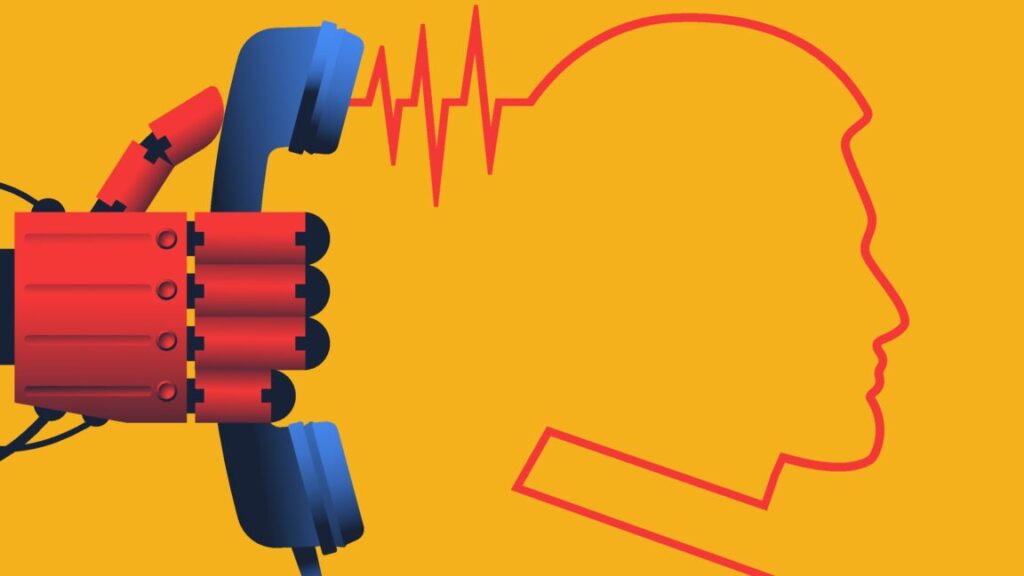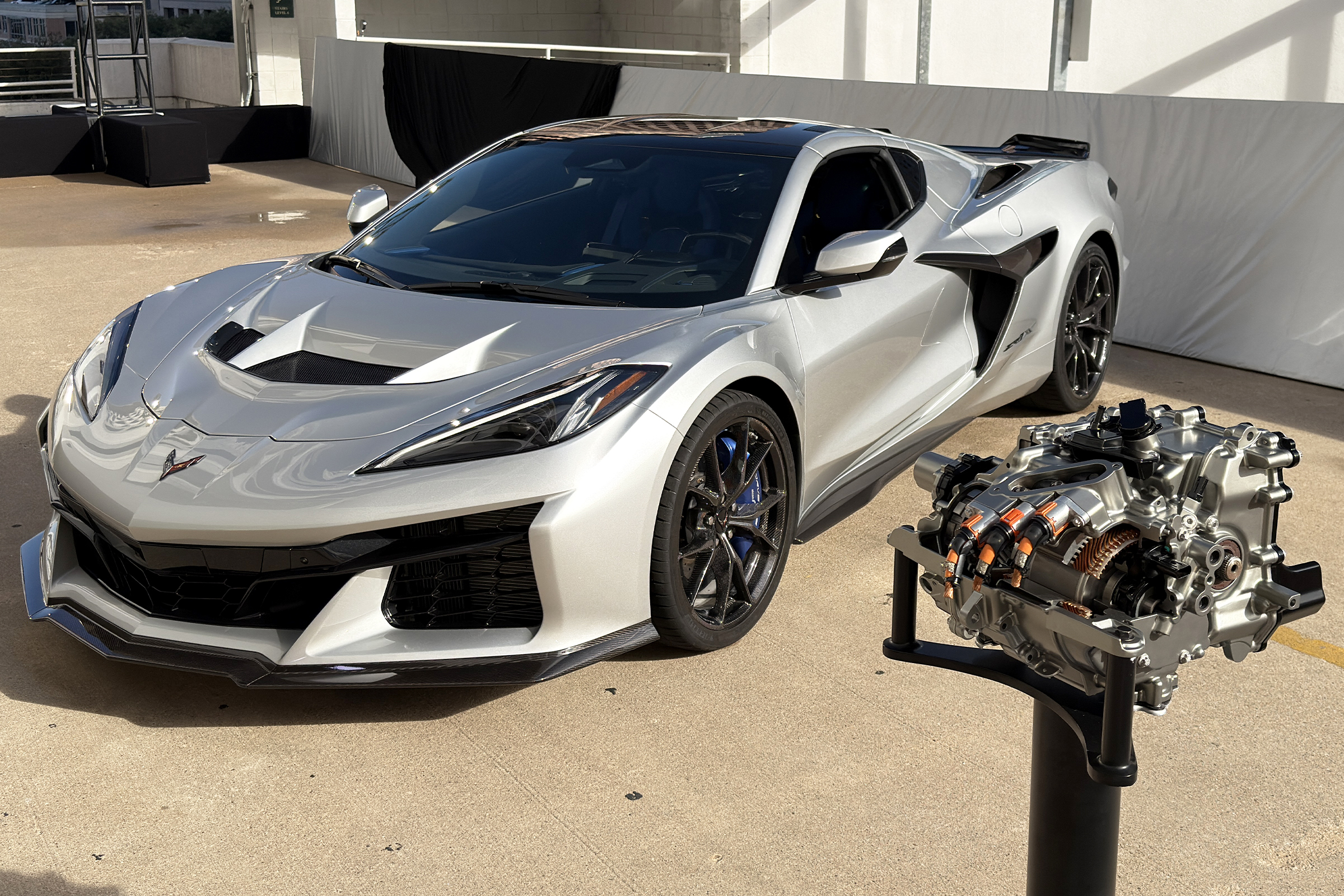Google begins rolling out AI search in YouTube
Over the past year, Google has transformed its web search experience with AI, driving toward a zero-click experience. Now, the same AI focus is coming to YouTube, and Premium subscribers can get a preview of the new search regime. Select searches on the video platform will now produce an AI-generated results carousel with a collection of relevant videos. Even if you don’t pay for YouTube, AI is still coming for you with an expansion of Google’s video chatbot.
Google says the new AI search feature, which appears at the top of the results page, will include multiple videos, along with an AI summary of each. You can tap the video thumbnails to begin playing them right from the carousel. The summary is intended to extract the information most relevant to your search query, so you may not even have to watch the videos.
The AI results carousel is only a test right now, and it’s limited to YouTube Premium subscribers. If you’re paying for Premium, you can enable the feature on YouTube’s experimental page. While the feature is entirely opt-in, that probably won’t last long. Like AI Overviews in search, this feature will take precedence over organic search results and get people interacting with Google’s AI, and that’s the driving force behind most of the company’s decisions lately.
It’s not hard to see where this feature could lead because we’ve seen the same thing play out in general web search. By putting AI-generated content at the top of search results, Google will reduce the number of videos people click to watch. The carousel gives you the relevant parts of the video along with a summary, but the video page is another tap away. Rather than opening videos, commenting, subscribing, and otherwise interacting with creators, some users will just peruse the AI carousel. That could make it harder for channels to grow and earn revenue from their content—the same content Google will feed into Gemini to generate the AI carousel.
Google begins rolling out AI search in YouTube Read More »



